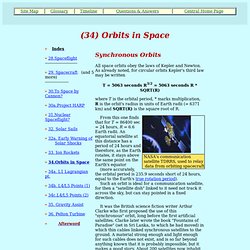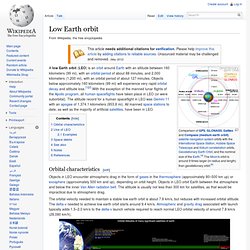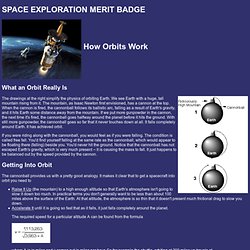

The Planets Song. Animaniacs - Our Solar System singalong... Mars pictures - They dont want you to see. The Largest Black Holes in the Universe. What Is a Black Hole? An artist's drawing a black hole named Cygnus X-1.

It formed when a large star caved in. This black hole pulls matter from blue star beside it. A black hole is a place in space where gravity pulls so much that even light can not get out. The gravity is so strong because matter has been squeezed into a tiny space. This can happen when a star is dying. Because no light can get out, people can't see black holes. How Big Are Black Holes? Black hole.
A black hole is defined as a region of spacetime from which gravity prevents anything, including light, from escaping.[1] The theory of general relativity predicts that a sufficiently compact mass will deform spacetime to form a black hole.[2] Around a black hole, there is a mathematically defined surface called an event horizon that marks the point of no return.

Milky Way (chocolate bar) The Milky Way bar was created in 1923 by Frank C.

Mars and originally manufactured in Minneapolis, Minnesota. The name and taste were taken from a famed malted milk drink (milkshake) of the day – not the Earth’s galaxy, as many contend.[1][2] On March 10, 1925, the Milky Way trademark was registered in the U.S., claiming a first-use date of 1922.[3] In 1924, the Milky Way bar was introduced nationally and sold USD800,000 that year. Milky Way. Stars and gases at a wide range of distances from the Galactic center orbit at approximately 220 kilometers per second.

The constant rotation speed contradicts the laws of Keplerian dynamics and suggests that much of the mass of the Milky Way does not emit or absorb electromagnetic radiation. This mass has been given the name “dark matter”.[22] The rotational period is about 240 million years at the position of the Sun.[9] The Galaxy as a whole is moving at a velocity of approximately 600 km per second with respect to extragalactic frames of reference. HSF > Living In Space > SPACE WEAR. Astronauts wear various types of clothing for all aspects of a mission to space.

Whether preparing for launch, working inside the space shuttle or the space station, working outside in space, or landing back on Earth, astronauts wear the proper garments for both comfort and protection. Space Station Clothing International Space Station crewmembers choose the shirts, shorts and pants they will wear in space months before they are scheduled to launch. In fact, their clothes often arrive at the space station before they do, via a Progress resupply vehicle or a space shuttle. Space station crews can choose from either Russian or U.S. clothing supplies. Because it's expensive to take supplies into space and there's no washing machine aboard the space station -- in order to save water -- station crews don't change clothes as often as people do on Earth.
On average, station crewmembers get one pair of shorts and a T-shirt for every three days of exercising. Farm3.static.flickr.com/2656/3948266203_9cf0fff77d_o. Blog.aurorahistoryboutique.com/images/space-suit.png. Orbits in Space. Atmospheric Re-entry The Kepler formula also applies to elliptical motion, provided R is replaced by the semi-major axis a of the orbit.

Over time however orbits stray from exact Keplerian ellipses because to additional forces, such as the attraction of the Moon and the Sun. For elongated ellipses, this causes the lowest point in the orbit ("perigee") to move up and down, ultimately reaching the atmosphere and causing satellite to be lost. Atmospheric friction also causes low-altitude satellites to re-enter, sooner or later: all these, as they lose energy, descend deeper and deeper into the atmosphere, and ultimately reach denser regions, where they burn up. Low Earth orbit. A low Earth orbit (LEO) is an orbit around Earth with an altitude between 160 kilometers (99 mi), with an orbital period of about 88 minutes, and 2,000 kilometers (1,200 mi), with an orbital period of about 127 minutes.

Objects below approximately 160 kilometers (99 mi) will experience very rapid orbital decay and altitude loss.[1][2] With the exception of the manned lunar flights of the Apollo program, all human spaceflights have taken place in LEO (or were suborbital). The altitude record for a human spaceflight in LEO was Gemini 11 with an apogee of 1,374.1 kilometers (853.8 mi). All manned space stations to date, as well as the majority of artificial satellites, have been in LEO. Orbital characteristics[edit] How Orbits Work.
What an Orbit Really Is The drawings at the right simplify the physics of orbiting Earth.

We see Earth with a huge, tall mountain rising from it. The mountain, as Isaac Newton first envisioned, has a cannon at the top. When the cannon is fired, the cannonball follows its ballistic arc, falling as a result of Earth's gravity, and it hits Earth some distance away from the mountain. Neil Armstrong. Space.